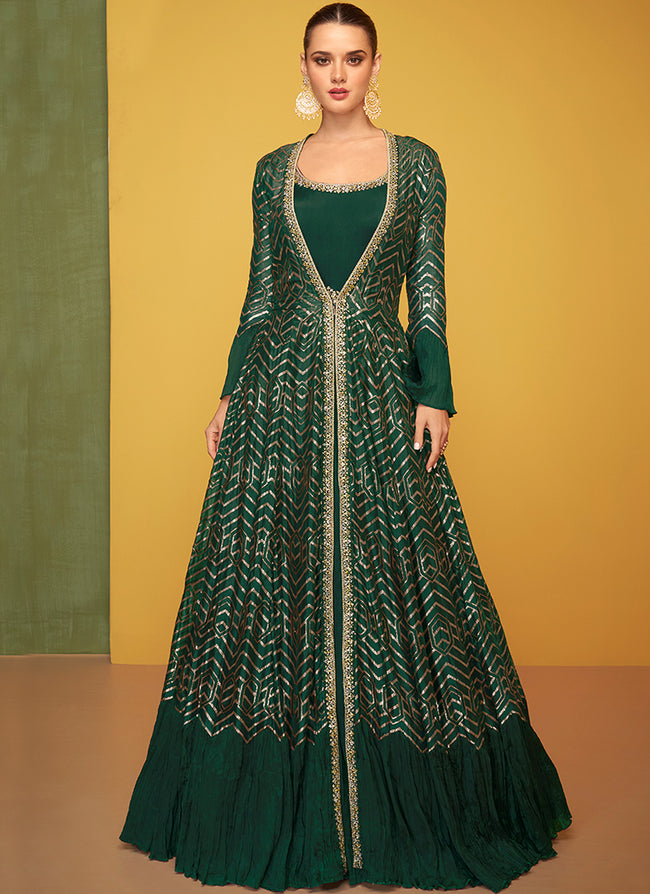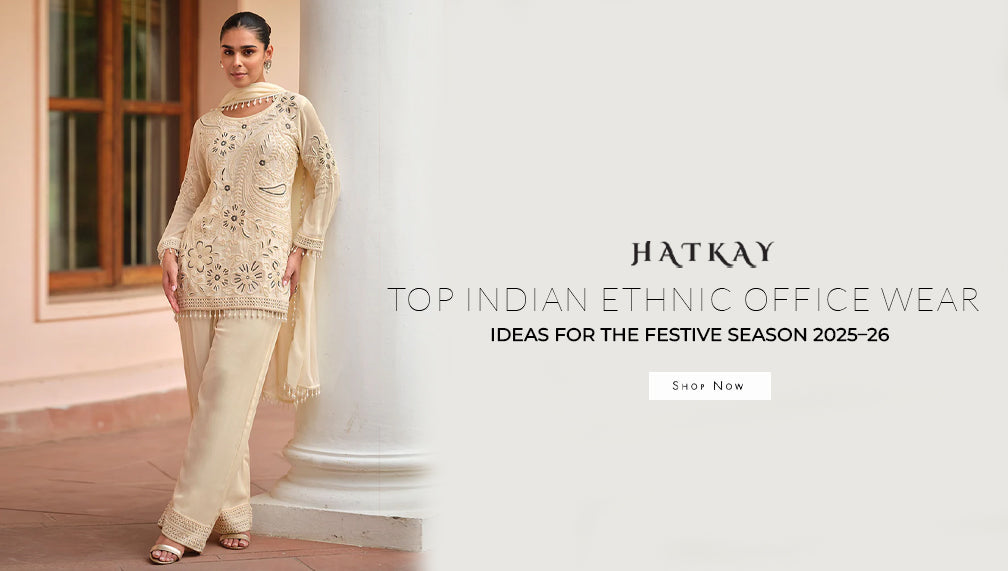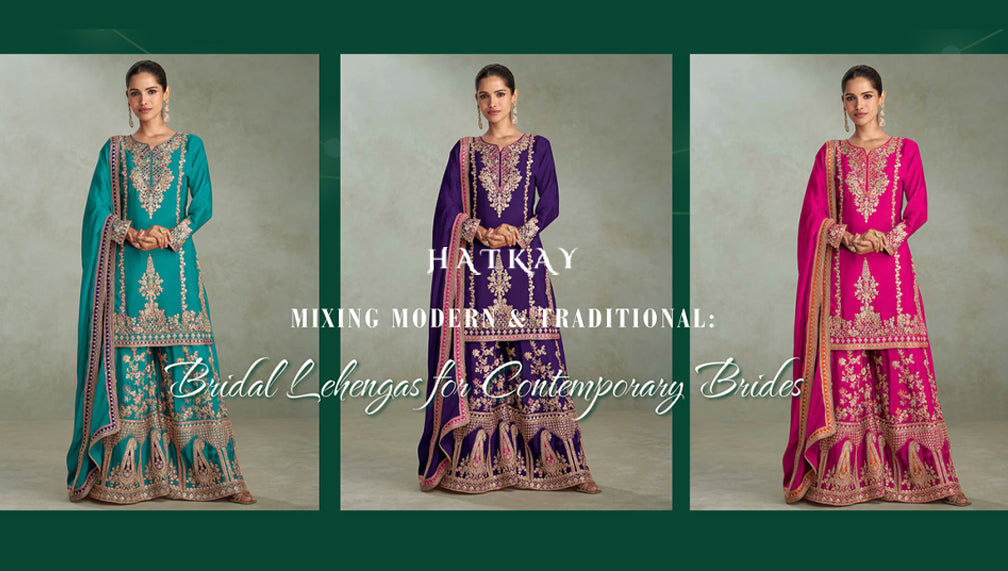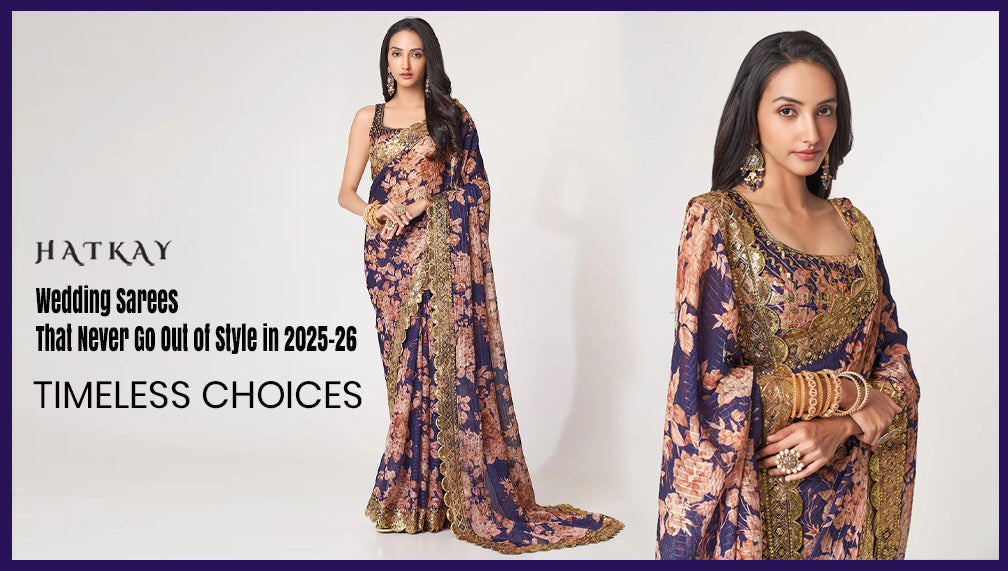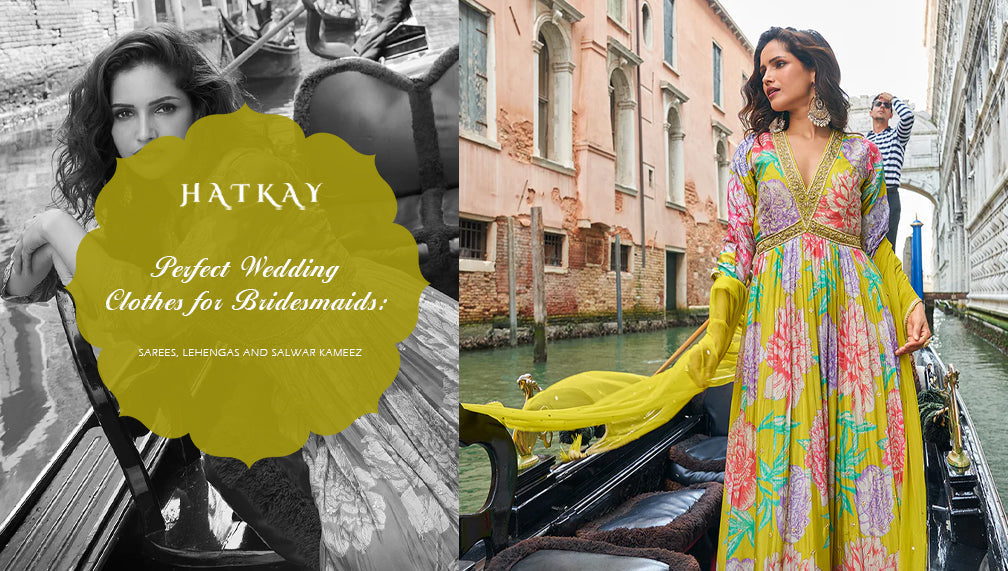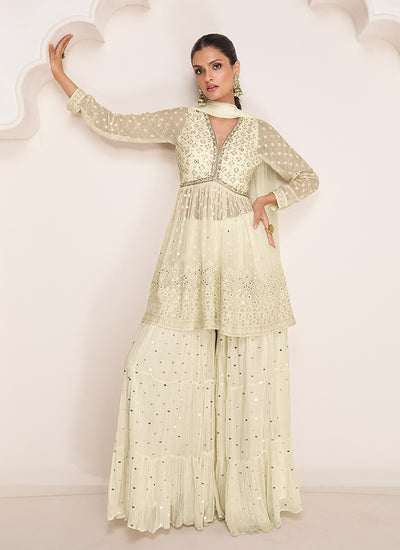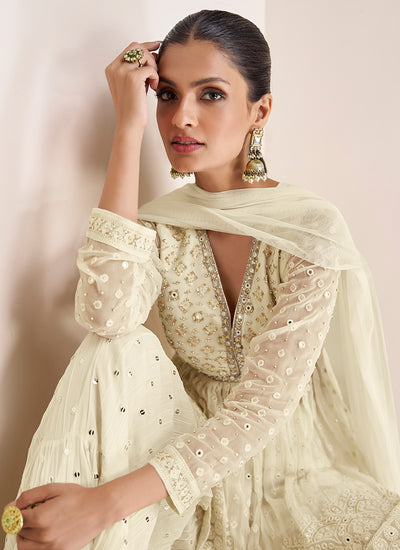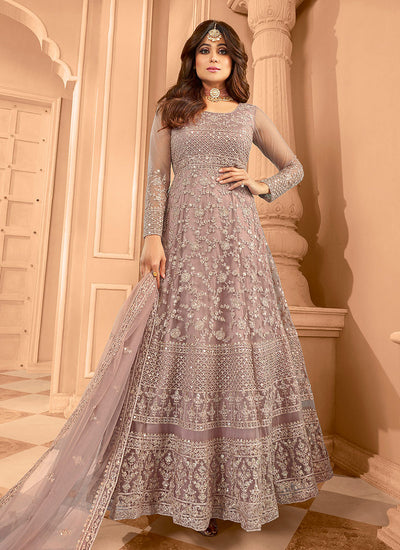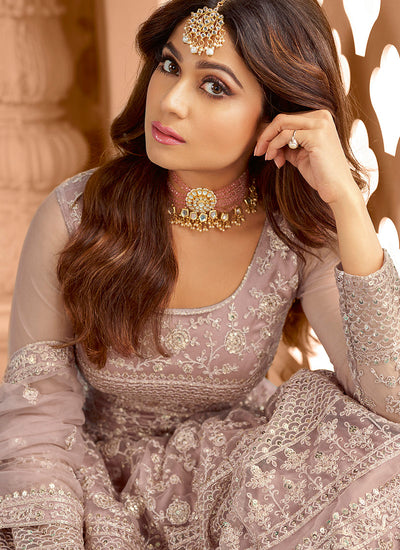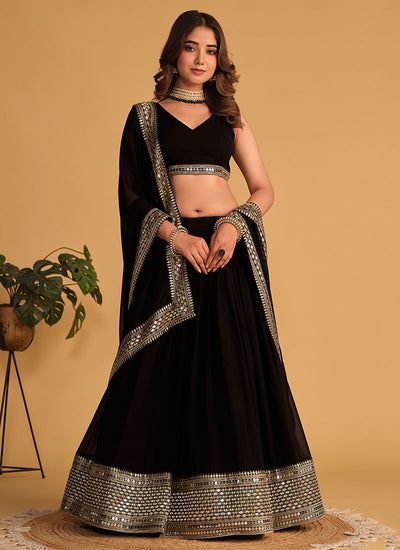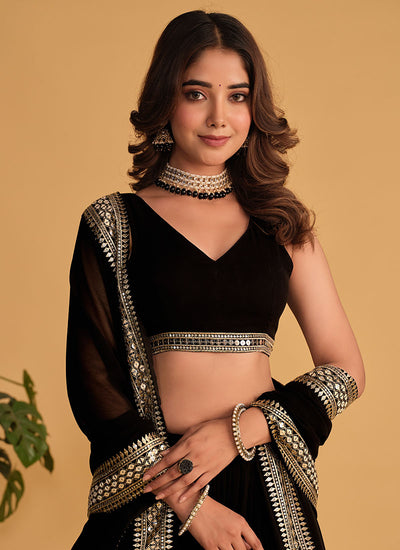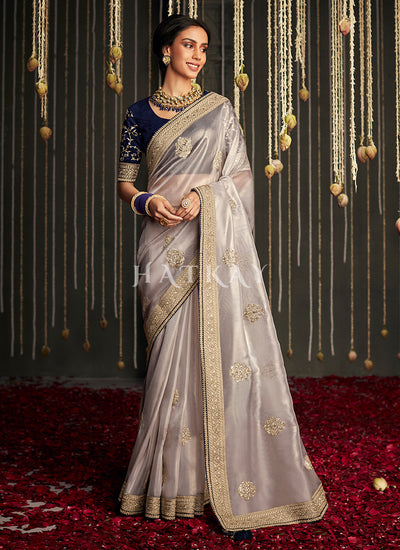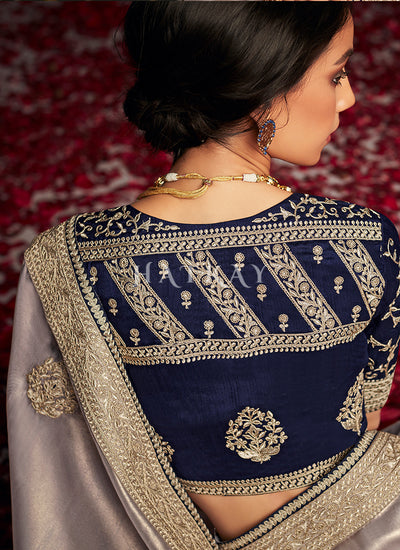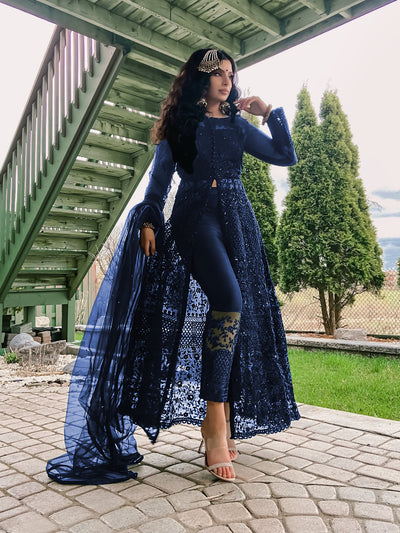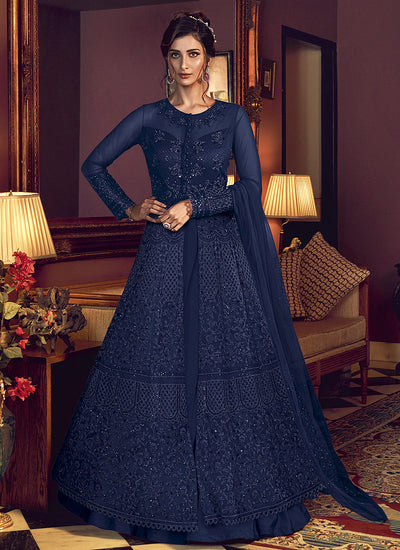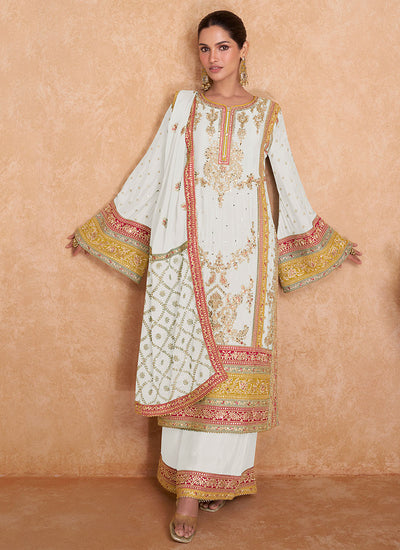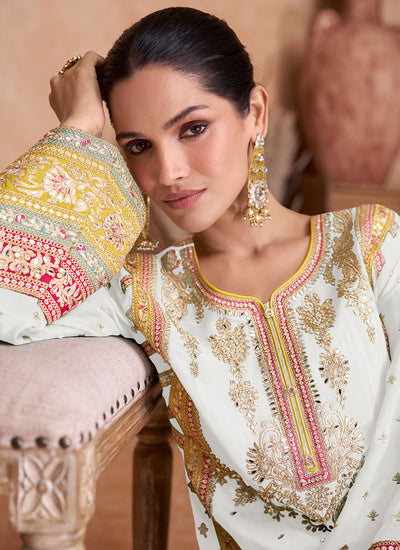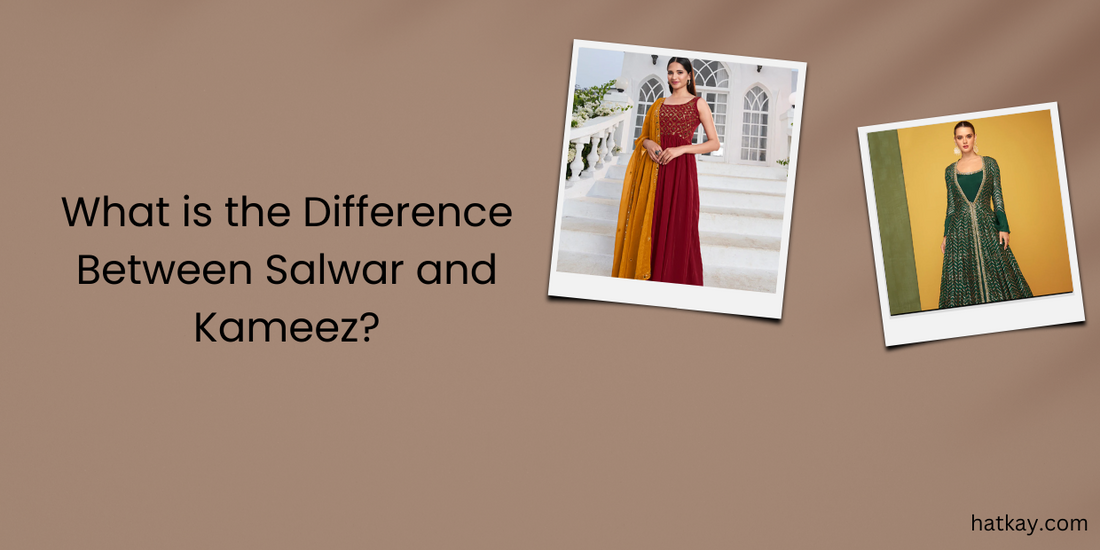
What is the Difference Between Salwar and Kameez?
The traditional clothing of South Asia is rich in culture and diversity, with a wide variety of styles and garments. Among the most popular traditional outfits worn by women in this region are the salwar and kameez. These two pieces of clothing are often worn together as a set, but they have distinct characteristics and origins. In this article, we will explore the difference between salwar and kameez, their individual features, and how they come together to create a beautiful ensemble.
1. The Salwar:
The salwar, also known as shalwar, is a loose-fitting and comfortable garment worn on the lower body. It consists of a pair of pants that are wide at the top and narrow towards the ankles. The salwar is typically gathered at the waist with the help of a drawstring or elastic band, providing ease of movement and a relaxed fit.
Originating from the Persian and Central Asian regions, the salwar was introduced to South Asia during the Mughal era and has since become an integral part of traditional clothing in countries like India, Pakistan, and Bangladesh. It is popular for its versatility, as it can be worn by women of all ages and body types.
The salwar comes in various styles, including the straight-cut salwar, churidar, and patiala. The straight-cut salwar is a simple and straight-legged style, while the churidar is fitted and features vertical gathers that create a bunching effect around the ankles. The patiala salwar, on the other hand, is characterized by its numerous pleats and a billowing appearance.
2. The Kameez:
The kameez, also spelled kamiz, is the upper garment that is worn with the salwar. It is a loose-fitting tunic or shirt that can vary in length, ranging from knee-length to ankle-length. The kameez is typically tailored to have side slits for ease of movement and is adorned with various types of embroidery, prints, or embellishments.
The kameez has its origins in ancient Central Asia and Persia, and it was brought to South Asia by the Mughals. Over time, it has evolved to reflect regional influences, with different styles and cuts emerging in various parts of the subcontinent. The kameez is worn by women across different communities, and it serves as an essential component of traditional attire.
Kameez designs can vary greatly depending on cultural preferences and personal style. Some common styles include straight-cut kameez, A-line kameez, and Anarkali kameez. The straight-cut kameez has a simple, straight silhouette that falls loosely on the body. The A-line kameez gradually flares out from the waist, creating a flattering shape. The Anarkali kameez is characterized by its flared panels and fitted bodice, often worn for special occasions or formal events.
3. The Combination:
When the salwar and kameez are worn together, they create a complete ensemble commonly known as the salwar kameez or salwar suit. The salwar and kameez are usually made from matching or complementary fabrics, allowing for coordination and a unified look. This ensemble offers comfort, modesty, and style, making it a popular choice for both casual and formal occasions.
The salwar kameez can be further enhanced with additional elements such as a dupatta or scarf. The dupatta is a long, rectangular piece of fabric that is draped around the neck or shoulders to add elegance and flair to the outfit. It can be worn in various ways, depending on regional customs and personal preferences.
In recent years, the salwar kameez has also undergone modern transformations to cater to evolving fashion trends and preferences. Designers have experimented with different cuts, fabrics, and embellishments to create contemporary versions of the traditional salwar kameez. This has resulted in the emergence of fusion styles that incorporate elements from Western fashion, such as shorter kameez lengths, asymmetric cuts, and unique necklines.
Despite these modern adaptations, the essence of the salwar and kameez remains rooted in tradition and cultural heritage. They continue to be cherished and worn by women as a symbol of their cultural identity and as a way to connect with their roots.
Now that we have explored the individual characteristics of the salwar and kameez, let's summarize the key differences between them:
1. Salwar:
- Loose-fitting pants worn on the lower body.
- Can be straight-cut, churidar, or patiala style.
- Originated from Persian and Central Asian regions.
- Provides comfort and ease of movement.
2. Kameez:
- Loose-fitting tunic or shirt worn on the upper body.
- Varies in length, from knee-length to ankle-length.
- Can be straight-cut, A-line, or Anarkali style.
- Originated from Central Asia and Persia.
- Often embellished with embroidery, prints, or other decorations.
3. Salwar Kameez (Salwar Suit):
- Combination of salwar and kameez worn together as an ensemble.
- Offers comfort, modesty, and style.
- Can be accessorized with a dupatta or scarf for added elegance.
- Reflects cultural identity and serves as traditional attire.
To summarize, the salwar and kameez form an essential part of traditional attire in South Asia and are often worn as a salwar kameez or salwar suit. While the salwar denotes loose-fitting pants worn on the lower body, the kameez refers to the loose-fitting tunic or shirt worn on the upper body. Together, they constitute a complete outfit that showcases the region's rich cultural heritage. Whether worn in their traditional form or adapted to suit modern styles, the salwar and kameez are beloved and revered as iconic garments that epitomize the splendor and multiplicity of South Asian fashion.














